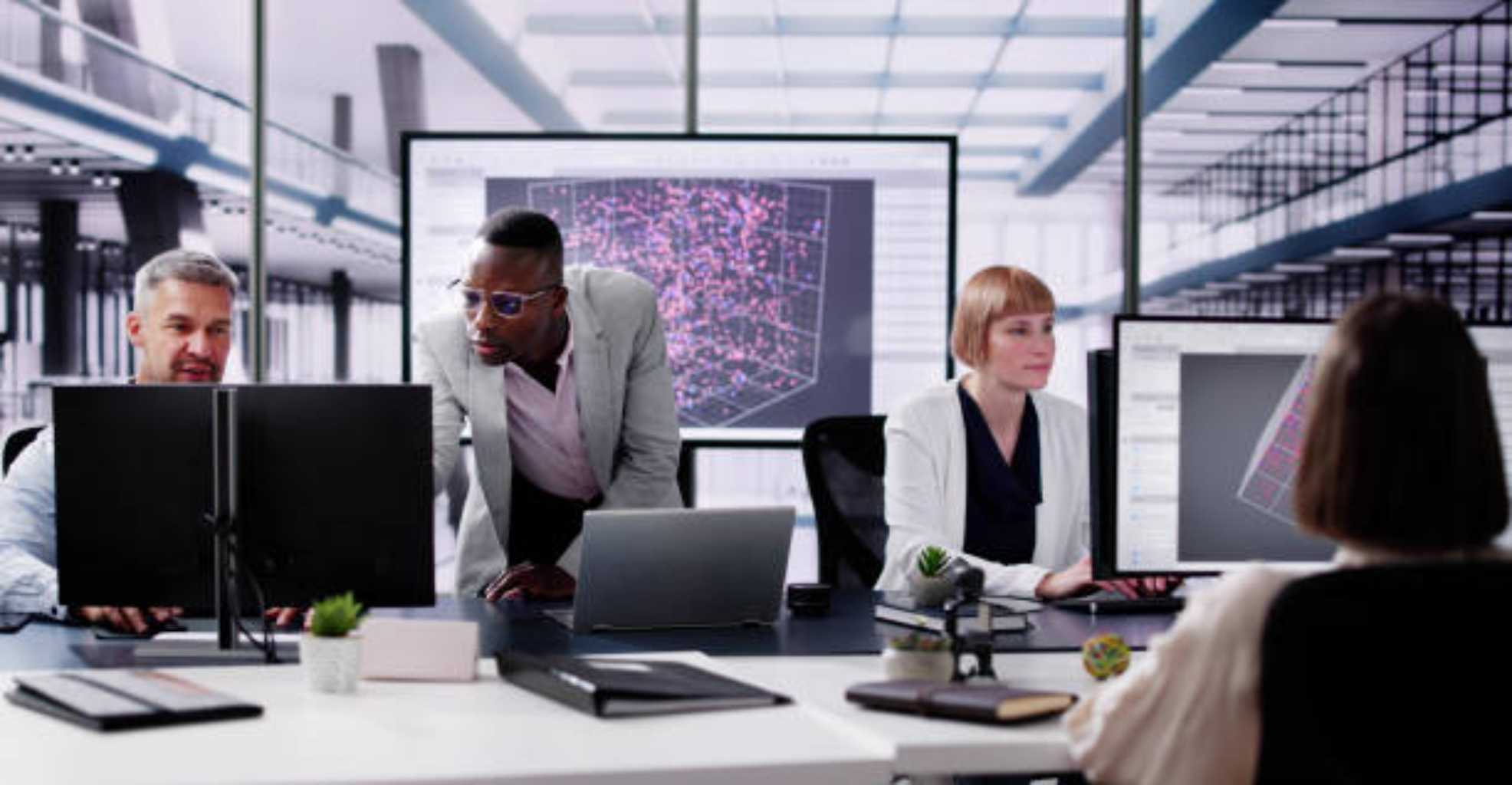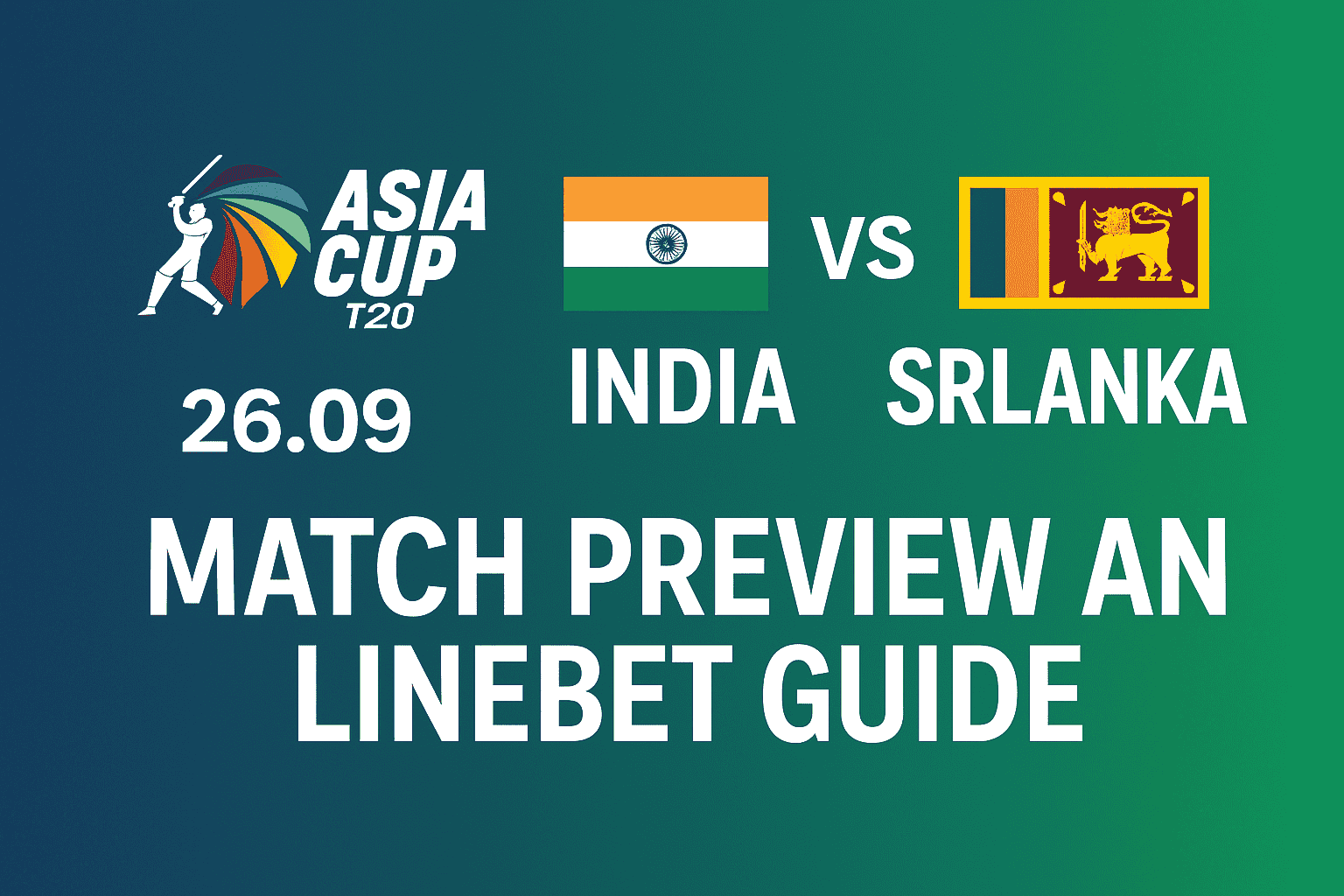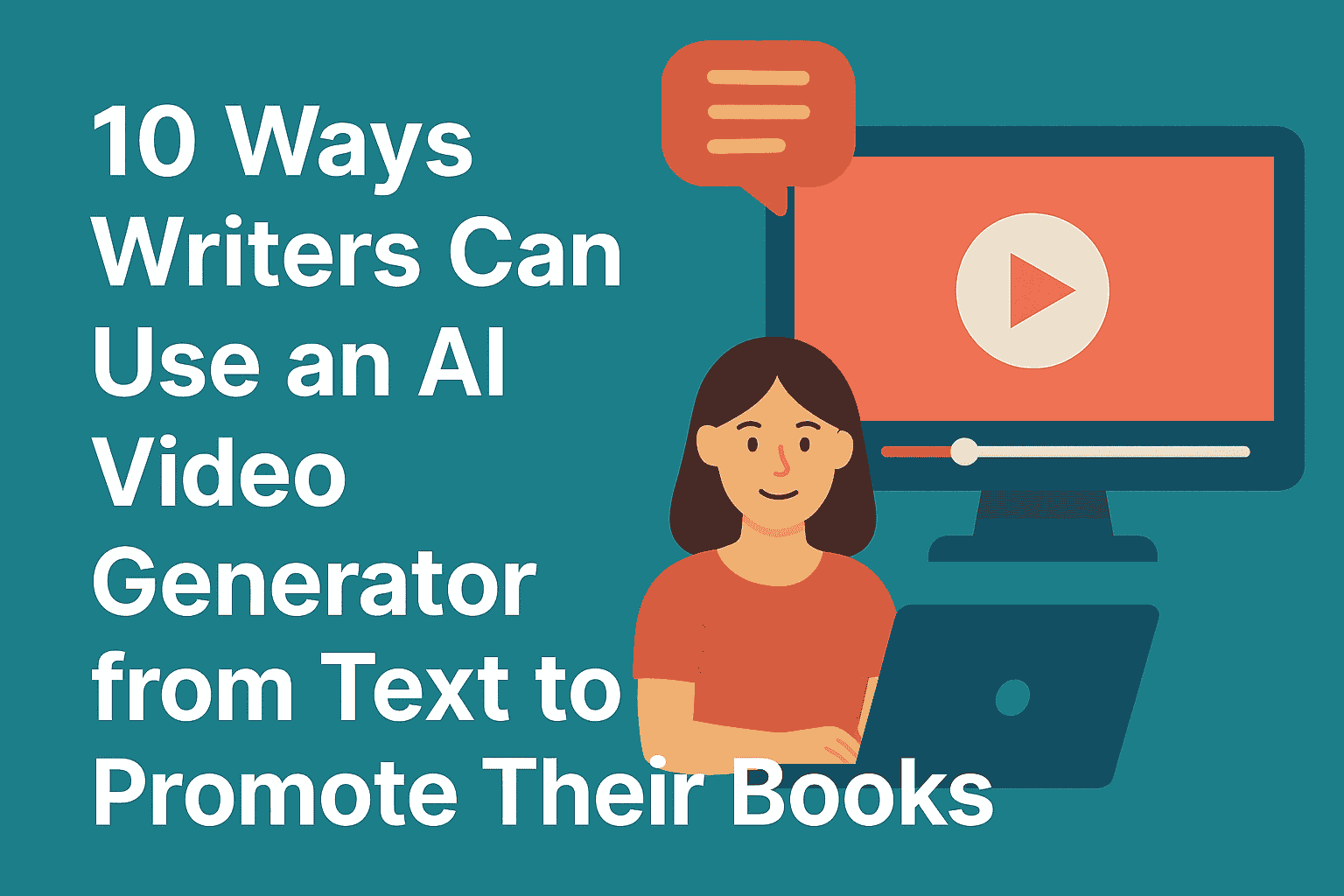AI-Generated Music and Art: Invention or Imitation?
Artificial Intelligence has transformed many facets of modern life, from finance and medicine to education and entertainment. But one of its most provocative frontiers is in the world of creativity—specifically, the creation of music and art.
AI-generated works are now exhibited in galleries, streamed on music platforms, and even auctioned at major art houses. But as machines produce what we once believed to be uniquely human expressions, a pressing question arises: are these creations acts of invention, or are they sophisticated forms of imitation?
This debate touches on deep questions about authorship, creativity, consciousness, and the essence of art itself. Can an algorithm “create” in the same sense that a human does? Or is it merely remixing patterns, learning from a database of human ideas without understanding the meaning behind them?
Understanding AI in Creative Arts
AI-generated art and music rely on algorithms—often neural networks—that are trained on large datasets of existing human-created works. For example:
-
Music: AI models like OpenAI’s MuseNet or Google’s Magenta are trained on thousands of compositions, learning the structures, patterns, and styles of different genres and composers.
-
Visual Art: Systems like DALL·E, Midjourney, and DeepArt generate images based on text prompts or reference images, using deep learning to mimic styles ranging from Renaissance painting to abstract expressionism.
The process is often referred to as generative AI, meaning the model doesn’t just analyze or classify data—it actually creates new outputs based on what it has learned. Yet, the question of whether this creation constitutes “invention” remains highly contested.
A Historical Parallel: Photography and Synthesis
This debate is not entirely new. In the 19th century, photography was initially dismissed by many painters as a mechanical, inferior form of image-making. Over time, however, it came to be accepted—and even celebrated—as a legitimate art form, leading to new creative movements such as surrealism and photojournalism.
Similarly, AI may not replace traditional artistry but rather expand it. The key lies in how humans interact with these tools—using AI not as a substitute for creativity, but as a collaborator or enhancer.
Invention: Can AI Truly Be Creative?
Supporters of AI-generated art argue that machine creativity is not merely imitation, but a new form of invention enabled by human-machine collaboration. Here’s how:
-
Emergence of Novelty
AI can generate unexpected and original outputs by combining disparate styles or concepts that humans may not think to connect. For example, AI can blend Baroque-style music with jazz improvisation, or create visual mashups of Picasso and anime styles. These unique combinations might not exist without machine intervention.
-
Tool for Human Artists
Many artists use AI as a creative partner, feeding it prompts, curating results, and refining outputs. The process becomes a back-and-forth dialogue between human and machine. In this sense, AI is less a replacement and more a creative catalyst.
-
Expanding the Definition of Art
Art has always evolved with technology—from the printing press to digital animation. AI represents the next chapter, inviting us to expand our definitions of creativity and artistic expression. If the product resonates with audiences, some argue, the process of its creation should be less important.
Imitation: Limits of Machine Creativity
On the other side, critics maintain that AI is fundamentally imitative, lacking true understanding, intention, or emotion—the hallmarks of authentic artistry.
-
No Consciousness or Intuition
AI lacks self-awareness, emotional experience, and intent. It doesn't suffer, dream, love, or struggle—the human experiences that often inform great art. Its outputs, while impressive, are devoid of the depth that characterizes emotionally resonant work.
-
Trained on Human Data
Every AI creation is trained on vast amounts of human-produced content. In that sense, it is derivative by nature, mimicking patterns and styles rather than generating ideas from genuine inspiration or lived experience.
-
Authorship and Originality
Legal and philosophical questions arise: Who owns AI-generated art? The programmer? The user? The machine? More importantly, can we even call something “original” if it’s the result of pattern replication based on existing data?
Case Studies: AI in the Wild
Several real-world examples help illustrate the complexity of the invention vs. imitation debate:
-
“Portrait of Edmond de Belamy” (2018): Created by the Paris-based art collective Obvious using a GAN (Generative Adversarial Network), this portrait sold at Christie’s for $432,500. Critics were divided—some praised it as a bold new form of art, while others questioned whether the collective’s input justified such value.
-
AI Music Albums: Tools like Aiva and Amper Music have been used to compose film scores, background tracks, and even pop songs. While the melodies are functional and harmonious, they often lack the emotional progression and storytelling found in human compositions.
-
Interactive Installations: Some contemporary artists now create installations that respond to audience input using AI, creating evolving, generative experiences. These collaborations blur the line between human creativity and machine response.
Cultural and Ethical Implications
As AI continues to influence artistic fields, its rise sparks significant cultural and ethical debates:
-
Job Displacement vs. Democratization
Some fear that AI will replace musicians, composers, illustrators, and graphic designers—particularly in commercial industries like advertising, gaming, and publishing. However, others argue that AI democratizes creativity, giving non-artists the tools to express themselves and experiment with artistic forms.
-
Cultural Homogenization
There’s also concern that AI trained on popular Western datasets may lead to homogenized outputs, sidelining diverse voices and non-mainstream traditions. This could exacerbate existing inequalities in representation and recognition.
-
Intellectual Property
Many AI models scrape data from public domains without explicit consent from original creators. This has triggered legal debates around copyright infringement and fair use, especially when AI-generated works mimic identifiable styles or compositions.
A Human-Machine Collaboration
Perhaps the most productive perspective is to see AI not as an independent artist or a mere copycat, but as a creative collaborator. Just as a camera doesn’t make a photographer, AI doesn’t make an artist. It’s the human intent, selection, and interpretation that imbue AI outputs with meaning.
Artists can use AI to:
-
Generate ideas and overcome creative blocks
-
Explore new stylistic territories
-
Rapidly prototype and refine concepts
-
Engage audiences through interactive or generative works
This partnership allows for new forms of expression that combine human imagination with machine speed and scale.
The Future of AI-Generated Creativity
Looking forward, we can expect AI to play an even more prominent role in the creative industries. Some potential developments include:
-
AI art personalized to individual tastes
-
Generative soundscapes for VR/AR environments
-
Interactive storytelling with AI co-authors
-
Emotionally responsive music and visuals in real-time
As these tools improve, the gap between invention and imitation may blur even further. What matters most may not be whether a machine “truly” creates, but how its outputs are used, interpreted, and integrated into human culture.
Conclusion
The rise of AI-generated music and art challenges long-held assumptions about creativity, authorship, and artistic value. While these systems are undeniably powerful imitators, they are also capable of producing novel and meaningful experiences when guided by human intent.
Rather than viewing AI as a threat to human creativity, we might embrace it as an extension of our artistic toolkit—one that amplifies our imagination, unlocks new forms, and invites us to reimagine what it means to create.
In the end, the question isn’t whether AI is an inventor or imitator. It’s whether we, as humans, can use it inventively—to tell stories, express emotions, and inspire one another in ways we never imagined before.







